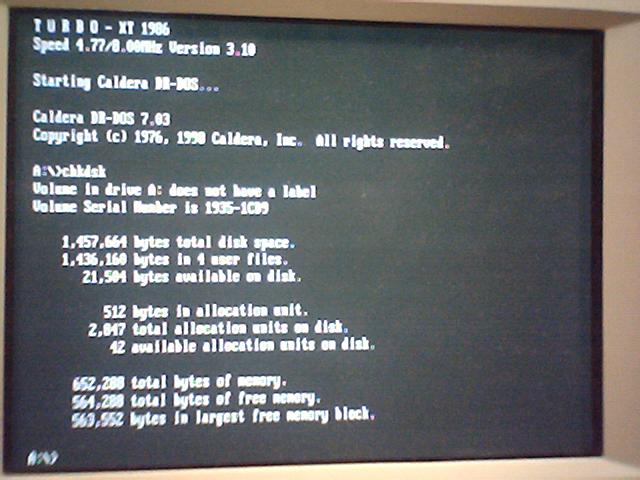Of course, that's a 16-bit multifunction card (just like the one in my 386) and won't work in XTs.
Using HD drives in an XT requires that you use an 8-bit floppy controller with onboard BIOS extension.
The original IBM controllers absolutely do work with 3.5" DD drives. The data rate is the same, and the late XTs were even available with them as a factory option.
The BIOS in the late XTs recognizes 3.5" DD drives, but the earlier models don't know about anything except 5.25" DD, so you have to use DRVPARM or DRIVER.SYS to set it up properly.

